#railway careers
Explore tagged Tumblr posts
Text
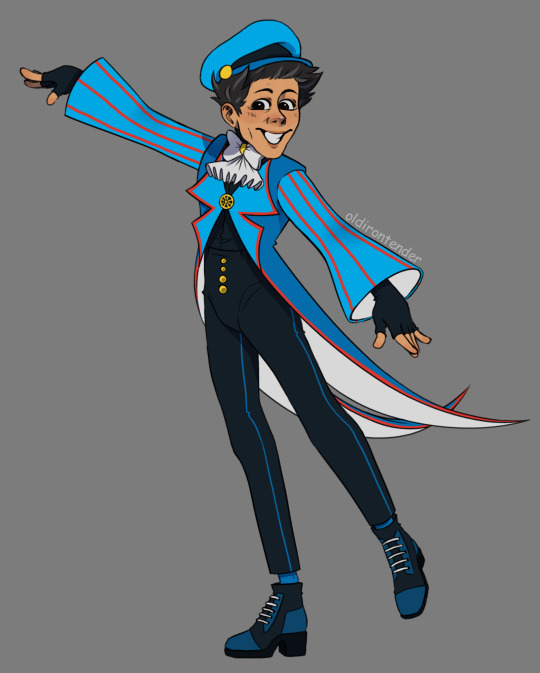


local old man falls in love with the meanest most terrible person alive. what happens next over the course of a century will shock you
#ttte edward#edward the blue engine#my art#immortal au#PRE T JAMES LETS GOOOO 🗣️🗣️🗣️#also james pre crash so technically his color shouldnt be red yet but whatever#this is the same edward from that one 2/2 drawing i just updated the design bc i couldnt stand the old one.#DESPITE RENDERING AN ENTIRE PAINTING FOR IT!!!!!! *bangs my head on my desk over and over again*#also bc i NEED to share this hc: before he worked on the railway he was an orchestra conductor#local old man randomly changes career paths in the 1800s. what happens next will shock you#2x5
140 notes
·
View notes
Text
#jobsearch#jobsupport#online jobs#non phone jobs#colorado jobs#uae jobs#jobsintr#full time jobs#govt jobs#jobs in railway#recruitment consultant in india#recruitment agency#recruitment 2024#recruitment services#recruitment company#recruitment process outsourcing#hiring#careeropportunities#hiring and recruiting#career#jobseekers#top placement consultancy in lucknow#placement agency#placement engineering colleges in bangalore#placement consultancy#placement assistance#placement service#job#education
2 notes
·
View notes
Text
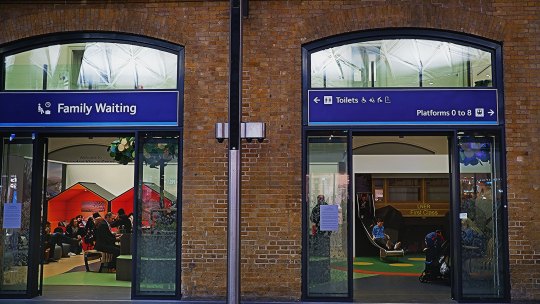
Made a turn by King's Cross to have a look at their relatively new family waiting room on my trip to London last week. I was there mainly for the model railway, but the whole set-up is so brilliant I thought it really did warrant a bit more coverage.




Opening in 2022, the family waiting room features a variety of seating areas and a play area to keep children entertained while they wait for their train, and its design includes lots of references to the heritage of the East Coast Main Line, aiming to pique the interest of young travellers in the hope that it might bloom into a career in the rail industry. In all honesty, the thinking does seem a little cliche and almost politicised, but I still love the idea of a place where some thought is put into the experience of travel in an age when experience isn't nearly as frequently enough of a consideration as it should be. Raising a family can be challenging, and travelling with one even more so, so if we want to encourage families to travel at all, let alone by public transport, then putting the effort into creating places where children can be engaged and occupied during periods of waiting can go a long way to help.
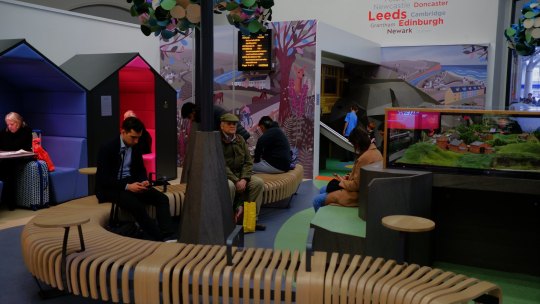
#King's Cross#public transport#East Coast Main Line#National Rail#railway station#model train#heritage#LNER#history#British Railways#steam train#urban design#transport planning#family friendly#Flying Scotsman#Mallard#LNER Azuma#class 91#London#King's Cross Station#family waiting room#careers#rail industry#family area#passenger experience#London & North Eastern Railway#LNER 4468 Mallard#LNER 4472 Flying Scotsman#Azuma#Intercity Express Train
2 notes
·
View notes
Text
RRB Recruitment 2025: Over 32,000 Vacancies Announced, Here How to Apply
RRB Recruitment 2025, If you’re getting ready for a new job opportunity, the Railway Recruitment Board (RRB) has some fantastic news. As part of the RRB hiring process for 2025, Level 1 of the 7th CPC Pay Matrix presently has over 32,000 job openings. Do you want to know? Let’s look at the requirements, deadlines, and application procedure for this wonderful opportunity. Why Is There Such a High…
#438 vacancies#CEN No. 08/2024#how to apply for RRB recruitment#Indian Railways career benefits#Indian Railways hiring 2025.#Indian Railways jobs#Level 1 posts 7th CPC#Railway Recruitment Board jobs#RRB 32#RRB application process#RRB correction window#RRB eligibility criteria#RRB exam fee refund#RRB important dates#RRB online application#RRB Recruitment 2025
0 notes
Text
New Year, New Opportunities: Top 5 Government Job Openings to Apply for in January 2025
The new year has brought exciting opportunities for job seekers in India, as several government departments have announced openings across various sectors. January is proving to be a golden month for those aspiring to secure a stable and prestigious government job. Here’s a rundown of the top 5 government job opportunities you can apply for this month. Top 5 Government Job Openings in January…
#Careers In India#DRDO#Government Jobs 2025#Indian Railways#Job Alert#Job Vacancies January#New Year Opportunities#Sarkari Naukri#SBI Jobs#SSC#Top Government Jobs#UPSC
0 notes
Text
#SECR#Indian Railways#exams#jobsearch#workplace#employment#career#job hunting#jobseekers#jobs#inside job#job search#working
0 notes
Text
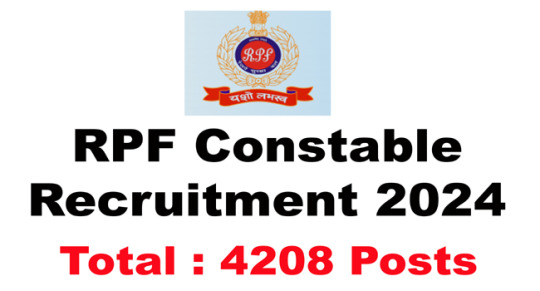
RPF Constable Recruitment 2024 | Indian Railway RPF Vacancy 4208 Posts Apply Online
0 notes
Text
How to become a Loco Pilot: 10वीं पास के लिए इस सरकारी नौकरी का ऑप्शन हो सकता है बेहतर,जानिए लोको पायलट कैसे बने
0 notes
Text
WorldBuilding Ask Game

Here is a little ask game for WorldBuilding in your WIP to pad out one country or all of them! Use it for yourself or ask a friend and spread some love. Focus on a particular section and have fun!
Geography
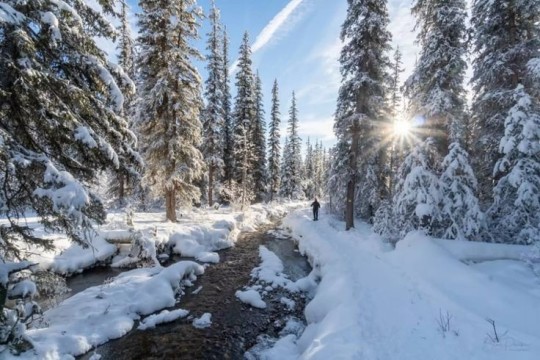
What does your world look like? What's the biome? Are there different ones?
Are there any oceans? If so, are they accessible? Are they a reliable source of travel and food?
Are there any rivers in your world? Any lakes? What's the longest river? Deepest lake?
Is there a safe supply of drinking water? If not, why not?
Are there mountains in your world? What's the highest one?
What is the weather like? How does this effect life?
What animals inhabit the world? What animals are indigenous or considered exotic?
What are some natural features your world is famous for? Is your world considered beautiful?
How many countries in your world?
How are countries divided? By natural lines or by agreements?
Population
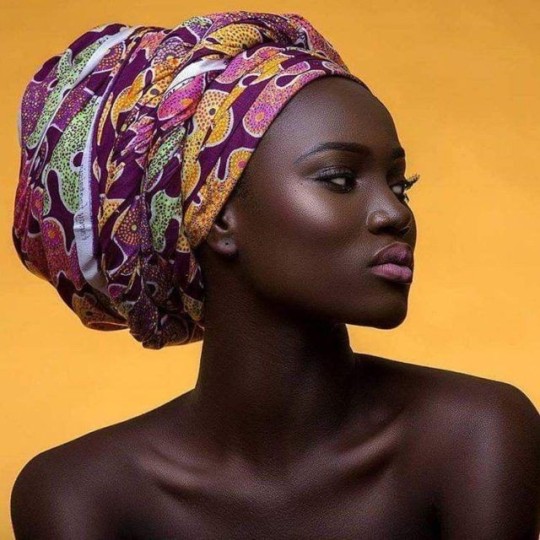
What's the population like? Is it large or sparse?
Is there any factors in population density? Do more people live in a certain area more than elsewhere? Why is that?
Are there different peoples living in your world? If so, how do they get on?
How important is nationality? Are foreigners tolerated? Or are they unwelcome?
What countries get on? What countries hate one another?
Are there any important cities? Why are they important?
What's the architecture like? Are there any outside influences?
What's a typical building material? What's considered an expensive feature to include?
What is infrastructure like? Are roads and railways in good condition?
Is there public transport? Is it reliable?
Government
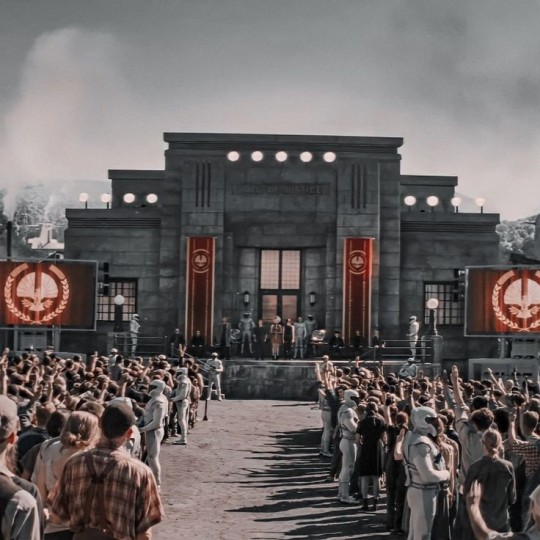
What system of government does your world adhere to? Is it popular?
Where is the seat of government?
Are there different governmental agencies?
Are there political parties? If so, what are their goals?
How much control does the government have over the average person?
Can your people vote? If not, why not? If so, who has/hasn't the right to?
Are there any parties or organisations that oppose the government?
How does the government crack down on sedition?
Are people allowed to criticise the government? If so, how? If not, how do they get around it?
How are laws made? Who makes them?
Is there any odd laws in your world?
What are some punishments to crime? Are they considered fair?
What crimes are unfathomable for the people?
Who handles justice? Is justice obtainable for all?
Are there any police? What's their reputation?
What role does the military play in your world?
Who controls the army? Head of state or government as a whole?
Is it considered a good career path?
Who can join the army? Are there any restrictions?
What is your world's stance on war? Are there any neutral parties? Or particularly warlike ones?
Commerce and Trade
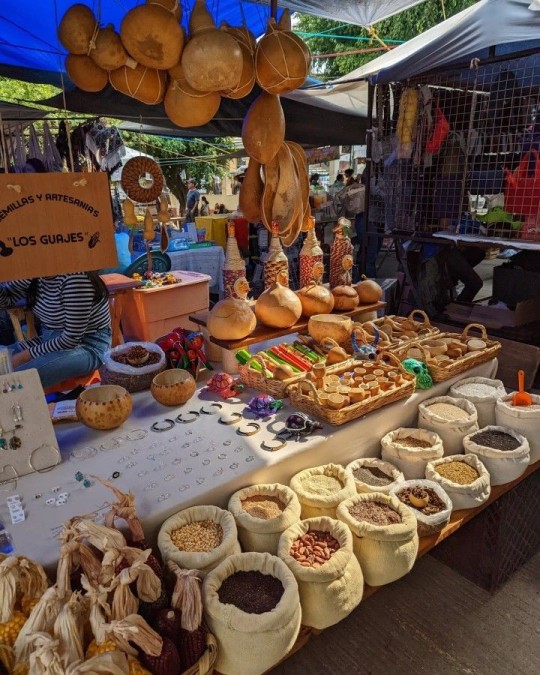
How is trade done?
Is currency universal or dictated by region?
How is your economy going? What effects it?
What trade is your world known for?
What are some exports? What must your world import?
Are any goods considered luxurious?
What services are available in your world? What services are niche?
What sort of work is common? Is work readily available?
Who is expected to work?
Are workers treated fairly or unfairly?
Are there any ways workers are protected? If not, what are some consequences?
Is your world more reliant on technology or on labour?
Is agriculture possible in your world? If so what can your people grow?
How big is industry? What goods can your people make?
What resources can your country exploit?
What are some barriers to trade and commerce?
Is your nation known for quality? Or Quantity?
Who does your country trade with most often? Who do they boycott?
Are there any major ports in your country?
Are there any banned goods? If so, is there a black market for their purchase?
Society
How society expect one to behave in public? Are there different expectations for different people/genders/ranks?
Is there a social order? Can one move up the ranks?
Is there any considerations made on account of rank, gender, age or position?
What is considered a social faux pas?
Are there any gestures or actions that are considered rude or socially unforgivable?
What would utterly shock somebody to see somebody do?
What are some opinions that are normal for your world but can be considered subversive in real life?
How can one rise up the status ladder? Is there much trouble to do so?
What denotes a person's place in society?
How is life different in cities compared to life in the countryside?
Daily life
Where would someone go to buy their weekly shop? Is food easy to come by?
What would be the daily routine of the wealthy? The common man?
How is hygiene handled in your world? Where does one go to spruce up?
What would be some day to day tasks one might face?
What is the favoured means of travel?
Are there any problems in your world that could effect a daily routine? Potholes? Gigantic spiders? Acid rain?
What ammenties would an average person expect to have access to?
Where would one go if they are injured or ill? What's healthcare like?
Do people feel safe where they live? Are there any places somebody might face danger?
How do people communicate? Is it difficult? Why?
What do people do for fun? What's considered normal fun versus hedonistic?
What pastimes are common? What kind aren't?
Is education valued?
Is there access to education? If so, for who?
Are the population educated? If so to what extent?
Family Life
What is the typical family set up?
Is extended family important?
Who can be considered family? Who can't be?
Is marriage considered a duty? Or is it more of a personal choice?
Is divorce possible?
Can people adopt children?
What happens to orphaned children?
Are children important? If not, why not? If so, why?
What are some typical toys children play with?
What are some games children play with one another?
How is in charge of household chores?
Is there a hierarchy in families?
Are children expected to take on certain roles?
What is the living situation like between the different ranks? Are the roles different?
What's considered the proper way to raise a child?
Culture and Languages
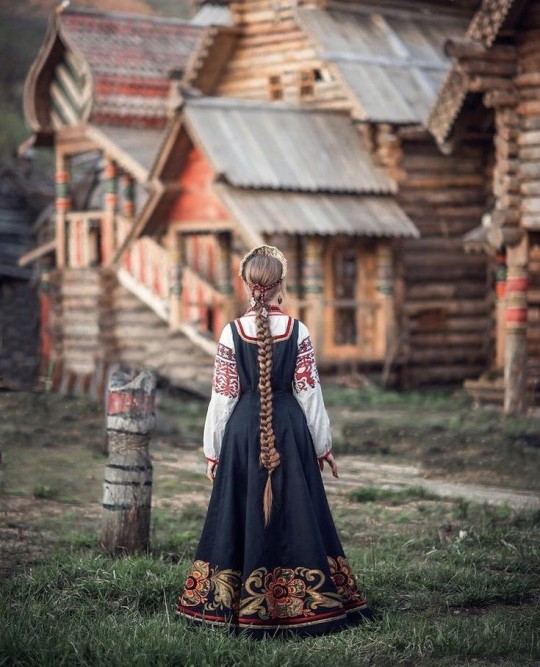
Are there multiple cultures in your world? How do they differ? Do they mesh well together?
How are cultures similar? How are they different?
Are there any traditions in your world? How important is tradition?
What are some rituals your culture undertakes?
Are there any special days? Events?
What are some traditional values in your world? Does it effect daily life?
Are there traditional clothes for your world? Are they something somebody wears on a daily basis or just on occasion?
Are there any rules around what people can wear?
What would be considered formal dress? Casual dress?
What would happen if somebody wore the wrong clothes to an event?
What languages are spoken in your world? If so, how do they sound?
Are there any dialects? If so, how do they sound?
Are most people monolingual? Or bilingual? Or multilingual?
Are there any languages that are closely related?
What is considered a universal language?
Religion
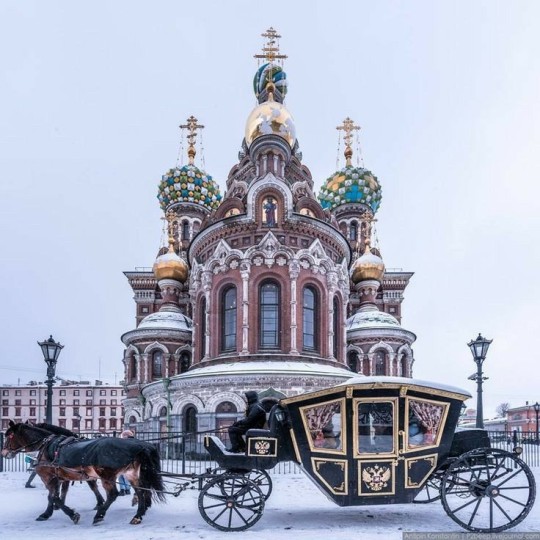
Is religion a thing in your world?
Is religion a staple of life or just a small part?
Does religion affect politics, personal lives and affiliations?
Is your world sectarian? Or ruled by religion?
What are some influences religion has on daily life?
What sort of religion is it? Monotheistic? Polytheistic?
What are some myths your people believe in?
What common rituals does one undertake on a day to day basis?
How does one please a deity?
Where do your people pray? How do they?
What symbols would denote a follower of a certain belief system to a stranger?
What places or objects are considered sacred?
Are there religious orders? If so, who can join?
Is there tolerance or violence over religion? If so, between which faiths?
Food and Drink

What are some traditional dishes in your world?
What would be a basic diet for the common man?
What's considered a delicacy?
Is there a societal difference in diet? What are the factors that effect diet between classes?
Is there any influence from other cuisines? If not, why not? If so, to what extent?
What would a typical breakfast contain?
What would lunch be?
What would be a typical dinner?
What meals are served during the day?
What's considered a comfort food or drink?
Are there any restrictions on who can eat what or when?
Are there any banned foods?
What stance does your world take on alcohol? Is it legal? Can anybody consume it?
Are there any dining customs? Are traditions?
Is there a difference in formal meals or casual meals? If so, what's involved?
Are there any gestures or actions unacceptable at the dinner table?
How are guests treated at meals? If they are given deference, how so?
Are there certain rules about how one can prepare food?
Are there any restrictions on eating with certain people?
How is food generally prepared by?
History
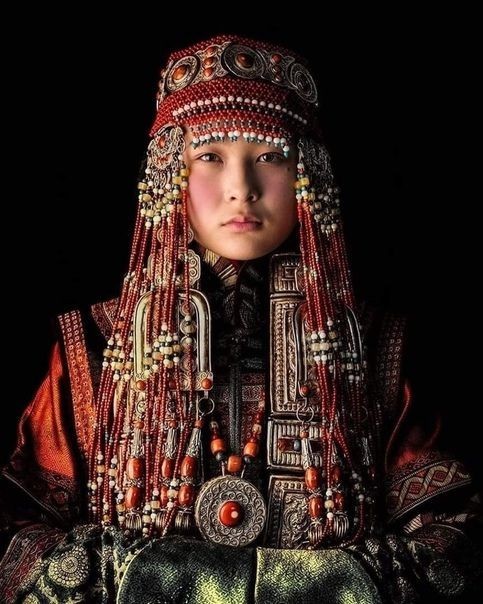
Who are some notable figures from history?
Who founded the country?
Is history looked back on with fondness? Or do your people rather forget?
Are there any heroes in history? Any villains?
What are some highpoints in the history of your land?
What are some points of history nobody likes to speak about?
Does history effect your land, people, culture, language in the present? If so in what ways?
What historic monuments are still around in the present day? What has been lost?
How do people learn about history? Do they learn the truth? Or just an abridged version?
What's a historical event that is important to the story?
#WorldBuilding Ask Game#WorldBuilding list#WorldBuilding reference#WorldBuilding research#WorldBuilding resource#WorldBuilding#writing#writeblr#writing resources#writing reference#writing advice#writers#Writing resources writing reference#Writing reference writing resources#Ask game#Writeblr ask game#writers on tumblr#spilled ink
2K notes
·
View notes
Text






ARTHUR EDMUND GRIMSHAW - SPIRIT OF NIGHT, 1879
Spirit of Night is an exploration of iridescence, the light effect that the artist cherished most. Grimshaw repeatedly tested prisms to capture the experience of viewing colored light, incorporating these effects into this piece. His daughter, Elaine, wrote, ‘My father was always fascinated by colour-iridescence. He would study the prismatic range in the beveled mirrors of candelabra; and if we children found in the big garden a bit of old glass, oxidized by age and weather, we would proudly take it to him, to add to his collection a box which lay open on a table beside his easel'
At the time of Grimshaw’s birth in Leeds in 1836, his father initially worked as a policeman but eventually took a job on the fast-growing railways in the region, while his mother ran a grocery store. Atkinson emulated his father's career and, at 16 years old, began working as a clerk for the Great Northern Railway. He learned painting and engaged in his craft during his free time. He could discover samples of the newest styles, especially those of the pre-Raphaelites, at exhibitions organized by the Northern Society (located in Leeds) and study art history using the books available at Leeds Library, a collection open to all through subscription.
Fairies and fairy tales offered Victorian artists an accepted medium to delve into taboo themes like sex, nudity, violence, and even drug addiction, while the Victorian public eagerly embraced these imaginative visuals. This particular imagery offered the Victorians a means of escaping the material realities of the increasingly industrialized society surrounding them. As Christopher Wood states, we ‘tend to think of the Victorians as stern and moralistic, staring grimly out at us from early photographs, in their black top hats and frock coats. But Dickens was right in his perception that underneath that deceptively utilitarian surface, the Victorians yearned for some ‘great romance.’
90 notes
·
View notes
Link
#Railway#Recruitment#Job#Employment#Jobs#RailwayRecruitment2024#India#RailwayJob#Career#News#GNewsPortal
0 notes
Text

The Water-Lily Pond (1899) 🎨 Claude Monet 🏛️ The National Gallery 📍 London, United Kingdom
For Monet, gardens offered a refuge from the modern urban and industrial world, although he and his fellow garden enthusiasts benefited from modern advances in botanical science that were creating new hybrid flowers in a wide choice of shapes and colours that could be produced on an almost industrial scale. He made modest gardens in the homes he rented in Argenteuil and Vetheuil in the 1870s, but from 1883, when he moved to a rented house in Giverny, about 50 miles to the west of Paris, he had more scope to indulge his passion for plants. He became a dedicated gardener with an extensive botanical knowledge, and sought the opinions of leading horticulturalists. As Monet’s career flourished his increasing wealth enabled him to fund what became a grand horticultural enterprise: by the 1890s he was employing as many as eight gardeners.
Monet began by refashioning the garden in front of the house, the so-called ‘Clos Normand’, replacing the existing kitchen garden and orchard with densely planted colourful flower beds that were filled with blooms throughout the seasons. He was able to buy the house in 1890, and three years later he purchased an adjacent plot of land next to the river Epte beyond the railway line at the edge of his property. The plot had a small pond with arrowhead and wild water lilies, which he wanted to turn into a water garden with a larger lily pond ‘both for the pleasure of the eye and for the purpose of having subjects to paint’.
The idea may have occurred to him after he had seen the water garden at the 1899 Exposition Universelle in Paris created by the grower Joseph Bory Latour-Marliac, who bred the first colourful hardy waterlilies. Monet began by requesting permission from the Prefect of the Eure to dig irrigation channels from the Ru – a branch of the Epte – to feed his pond, but the Giverny villagers objected, fearing it would contaminate the water and that the foreign plants would poison their cattle. Monet was furious, but three months later permission came through and he began to enlarge the existing pond, replacing the wild water lilies with Latour-Marliac hybrids available in yellows, pinks, whites and violets.
The pond was enlarged on further occasions – in 1901 and 1904 – tripling the size of the water garden. Together with the flower garden on the other side of the railway track it became the principal preoccupation of the last 26 years of Monet’s life. While the Clos Normand garden was laid out along fairly traditional lines, harking back to the formal French gardens of seventeenth-century Europe, with a central alleyway and geometrically arranged beds, the water garden was more Eastern in inspiration. Its less regimented, more natural design and more muted colours created a quieter, meditative atmosphere. Monet erected a Japanese bridge over the western end of the pond that took its inspiration from the bridges in ukiyo-e Japanese prints. He was a keen collector of these prints and he owned a copy of Hiroshige’s Wisteria at Kameido Tenjin Shrine (1856), one of the many prints that features a curved bridge. In a more general sense, the water garden reflected Monet’s admiration for the Japanese appreciation of nature.
Monet had to wait for his water garden to mature before he could begin to paint it in earnest. As he later recalled: ‘It took me some time to understand my water-lilies. It takes more than a day to get under your skin. And then all at once, I had the revelation – how wonderful my pond was – and reached for my palette. I’ve hardly had any other subject since that moment.’ In total, Monet painted 250 canvases of his water garden. Around 200 of these represent water lilies floating on the surface of the water, while the remainder also show the Japanese bridge, the weeping willow trees and wisteria and the irises, agapanthus and day lilies on its banks. In all these pictures Monet was painting a subject that was already ‘pictorial’ – a landscape that had been carefully composed according to his personal aesthetic. The National Gallery has three further paintings of the water garden :Water-lilies, setting sun; Irises; and Water-lilies.
Monet painted three views of the Japanese bridge in 1895, not long after it had been constructed, but then took a break from the subject, only returning to it in 1899. By now the pool was overhung by vegetation and surrounded by plants, but to judge from contemporary photographs it was never as enclosed as Monet painted it, and he exaggerated the feeling of claustrophobia. In December 1900 he exhibited 12 paintings at Durand-Ruel’s gallery in Paris, all of which showed more or less symmetrical views of the Japanese bridge.
In this painting, as in the others in the series, we are looking down onto the surface of the water, where the lily pads float into the distance, meeting the dense foliage on the far bank. Weeping willows are reflected in the pond and clumps of iris border its banks. The perspective seems to shift so that it is hard to find a single focal point; it is as though we are looking up at the bridge but down on the waterlilies. The picture, like the water itself, seems to oscillate between surface and depth. The mainly vertical reflections provide a counterpoint to the horizontal clumps of the lily pads. Different colours, applied with thick brushstrokes, are placed next to each other. This way of painting has more in common with Monet’s early Impressionist works than his more recent paintings of mornings on the Seine, where he had used softer, more blended strokes to convey hazy atmospheric effects.
The Japanese bridge series marked a turning point in Monet’s art. From now on his subjects were painted from an increasingly confined viewpoint, conveying the sense of an enclosed world. In later paintings of the pond, he would dispense with the banks and bridge altogether to focus solely on the water, the reflections and the water lilies. The culmination of Monet’s water lily paintings were the Grandes Dėcorations, 22 enormous canvases each over two metres high and totalling more than 90 metres in length, which he completed months before his death and donated to the French state. These are now on permanent display in two oval rooms in the Musée de l’Orangerie, Paris.
#The Water-Lily Pond#1899#Claude Monet#The National Gallery#London#United Kingdom#oil painting#painting#oil on canvas#Modern art#Impressionism#french#art#artwork#art history
134 notes
·
View notes
Text
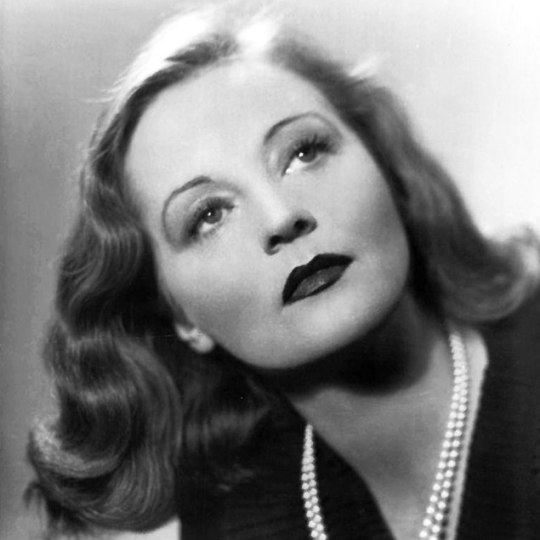

Propaganda
Tallulah Bankhead (Lifeboat, Devil and the Deep, The Cheat)— Fierce, outspoken, uninhibited, and witty. An amazing actress who strongly supported civil rights and was unashamed of her sexuality.
Dinah Sheridan (Genevieve, The Railway Children)— It kills me that this absolutely stunning jewel of a woman felt compelled to cut short her career, just at the point that Genevieve was flinging her into the stratosphere, because she married the managing director of Rank film company (the one whose logo is the strong man hitting the huge gong) and he made her give up her career. Made a comeback in 1970 to play the mother in the railway children (starring jenny agutter), but how much luminous work did we lose? Oh I can't bear it.
This is round 1 of the tournament. All other polls in this bracket can be found here. Please reblog with further support of your beloved hot sexy vintage woman.
[additional propaganda submitted under the cut]
Tallulah:
please read the personal life section of this woman’s wikipedia. a bisexual (or ambisextrous as she called herself) legend
She was bisexual. About her film The Devil and the Deep she said 'Dahling, the only reason I accepted that part was to fuck that divine Gary Cooper'.
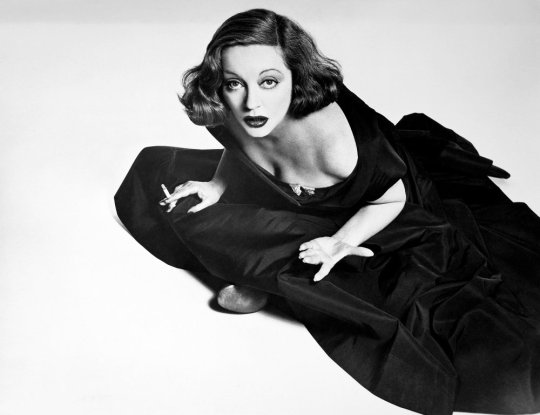
Dinah:
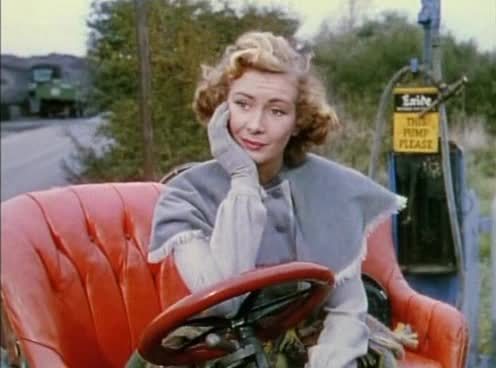
203 notes
·
View notes
Text
By the end of the 1950s Rory Storm and The Hurricanes were Liverpool’s top band. The great peculiarity of Storm’s character was that he spoke with a severe stammer, which always disappeared when he was performing. A flamboyant Teddy Boy, he had a vast blond quiff that he would ostentatiously comb on stage: in old black-and-white photographs he seems to be built entirely of silver. He was an athletic man, a natural extrovert, given to daredevil stage leaps (he once broke a leg jumping from a balcony for a photograph). He’d wave the mike stand around and, strangely, pour lemonade over himself.
I’m told he was once apprehended by a railway porter on Bootle station for writing ‘I Love Rory’ on a wall. The other groups worshipped him; George Harrison longed to join the Hurricanes but was told he was too young.
Rory found a local drummer, another refugee from skiffle, called Richard Starkey. He lured the boy with promises of a summer season at Butlins holiday camp in Pwllheli, where each week brought a fresh coach-load of excitable girls. In line with the Hurricanes’ big-thinking policies the drummer was allocated a new name, Ringo Starr. (This era would be lovingly re-created in a 1973 him featuring Ringo with Billy Fury and David Essex, That’ll Be the Day.) Starr’s reputation grew so fast in his time with Rory, that he was eventually poached by the Beatles to replace Pete Best. <…> Gerry Marsden, like Ringo, came from the docklands of Dingle. He got a job on the railways, he played skiffle and then got himself a beat group, the Pacemakers, who served their time in Hamburg. They were game entertainers, these boys, who could play anything in that week’s Hit Parade if it’s what the crowd wanted. Having a piano-player made them a bit different, too, and offered them some range. Gerry had a funny way of holding his guitar high on his chest: it was so he could see his fingers.
Brian Epsten watched them in action at the Cavern, and saw in Gerry something of the same star potential he perceived in the Beatles and Cilia Black. He brought George Martin to see them play in Birkenhead, and they were duly signed to an EMI label, Columbia.
Once in the studio they were more compliant than Lennon and McCartney, and readily agreed to cover the song, ‘How Do You Do It?’, that the Beatles had rejected. Good thing, too. It got them to Number 1 straight out of the traps, and a month before the Beatles at that.
Paul McCartney would recall much later: ‘The hrsj: really senous threat to us that we felt was Gerry and the Pacemakers. When it came time for Mersey Beat to have a poll as to who was the most popular group we certainly bought and filled in a lot of forms, with very funny names , . . I’m not saying it was a fix, but it was a high-selling issue, that.’ <…> …Cilia’s first job in show business was to make the tea in the Cavern office. She was in fact the quintessential Scouser: a docker’s daughter from the Catholic enclave Scotland Road. In the family parlour stood a piano from the Epsteins’ North End Music Stores, just up the road.
When the 60s started she was a typist in town who spent her lunch hours watching the beat groups at the Cavern, where she picked up some spare-time work. Soon she was to be found on stage as well, performing guest spots with Kingsize Taylor and the Dominoes, the Big Three and Rory Storm and the Hurricanes. (Sometimes she would duet with Ringo on his big number ‘Boys’, but turned down a chance to go with the band to Hamburg.)
One night at the Iron Door her girlfriends urged the Beatles to give Cilia a go. ‘OK Cyril,’ John Lennon said. ‘Just to shut your mates up.’ She sang Sam Cooke’s version of ‘Summertime’, and her career was on its way. It was Lennon who recommended ‘Cyril’ to Epstein. ‘I fancied Brian like mad,’ she recalled. ‘He was gorgeous. He had the Cary Grant kind of charisma, incredibly charming and shy. He always wore a navy-blue cashmere overcoat and a navy spotted cravat. I know now it was a Hermes but then I still knew it was expensive.’ She failed an early audition for him, backed by the Beatles, but he saw her again at the Blue Angel and changed his mind.
(Liverpool - Wondrous Place by Paul Du Noyer, 2002)
Part (I), (II), (III), (IV), (V), (VI), (VII), (VIII), (IX), (X), (XI), (XII), (XIII), (XIV), (XV), (XVI), (XVII), (XVIII), (XIX), (XX), (XXI), (XXII)
#'George Harrison longed to join the Hurricanes but was told he was too young' - haha poor george#'Gerry had a funny way of holding his guitar high on his chest: it was so he could see his fingers' - so that was gerry' style#'It [‘How Do You Do It?’] got them to Number 1 straight out of the traps and a month before the Beatles at that'#I guess our lads thought a lot during that month#paul du noyer#the beatles#liverpool#rory storm and the hurricanes#george harrison#john lennon#ringo starr#brian epsten#gerry marsden#gerry and the pacemakers#cilla black
23 notes
·
View notes